Meshfree Particle and Isogeometric Technologies
J.S. Chen, Kent Danielson, Thomas J.R. Hughes, Wing Kam Liu
Meshfree Particle and Isogeometric Analysis have received significant attention in solving engineering and scientific problems in recent years. These methods introduce new approximations for solving PDEs without using conventional meshing topology. Such capabilities can reduce the strong tie between the quality of discretization and the quality of approximation to ultimately ease the difficulty of mesh creation. Isogeometric Analysis, for instance, directly uses the CAD model functions for the analysis, which can significantly minimize meshing induced geometry errors and thus unify the design-through- analysis process in a fully integrated design and analysis operation. Meshfree methods naturally avoid mesh distortion problems by using basis functions without element topologies. Arbitrary order of smoothness in the approximation can be defined in these methods, leading to the unique ability in constructing approximation functions with desired order of continuity for capturing rough or smooth characteristics in the physical problems. This unique approximation property provides opportunity for solving problems that are difficult or impossible to be solved by the conventional Finite Element Methods, and it admits the development of paradigms of solving PDEs without being restricted to the Galerkin type procedures.
The purpose for the minisymposium is to address the distinctive properties of these new approximation methods, and to identify a class of problems for which Meshfree Particle Methods or Isogeometric Analysis are clearly superior to the classical Finite Element Methods in both analysis and design domains.
Topics of interest include, but not limited to:
- Recent advances in Meshfree Particle and Isogeometric Analysis
- Non Galerkin based approaches
- Computer Aided Geometric Design (CAGD)
- CAGD based design optimization
- Fragment-impact simulation and problems with severe Lagrangian deformations
- Multi-scale modeling of geo-materials, polymer matrix composites, alloys, and ceramics.
- Multi-scale modeling of materials defects
- Seamless integration of analysis and design
- Multi-physics problems
- Problems with high dimensions










